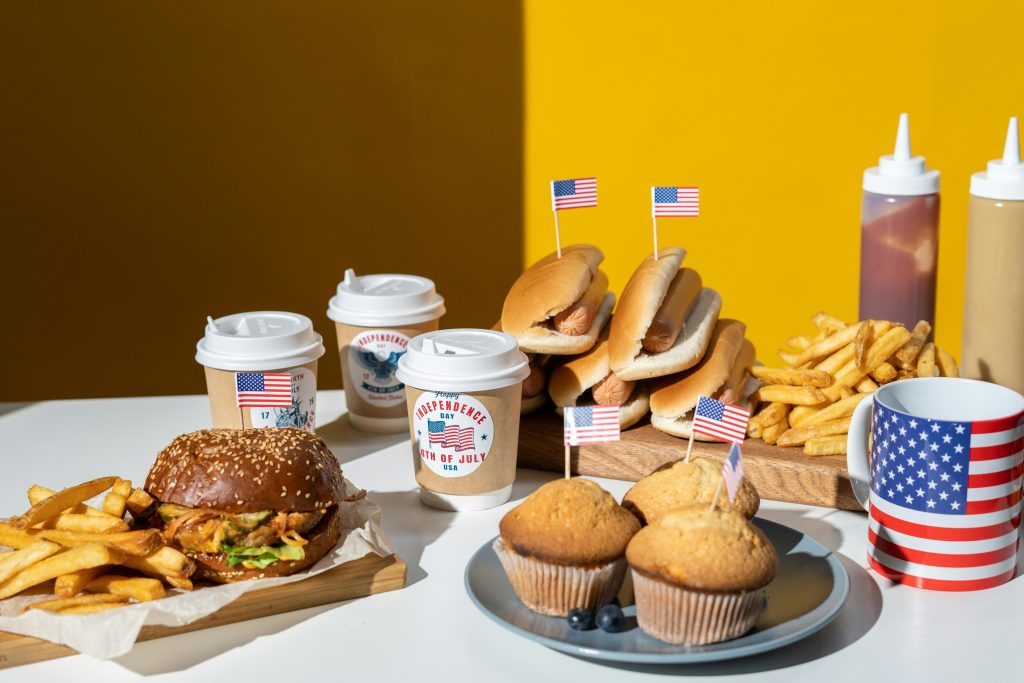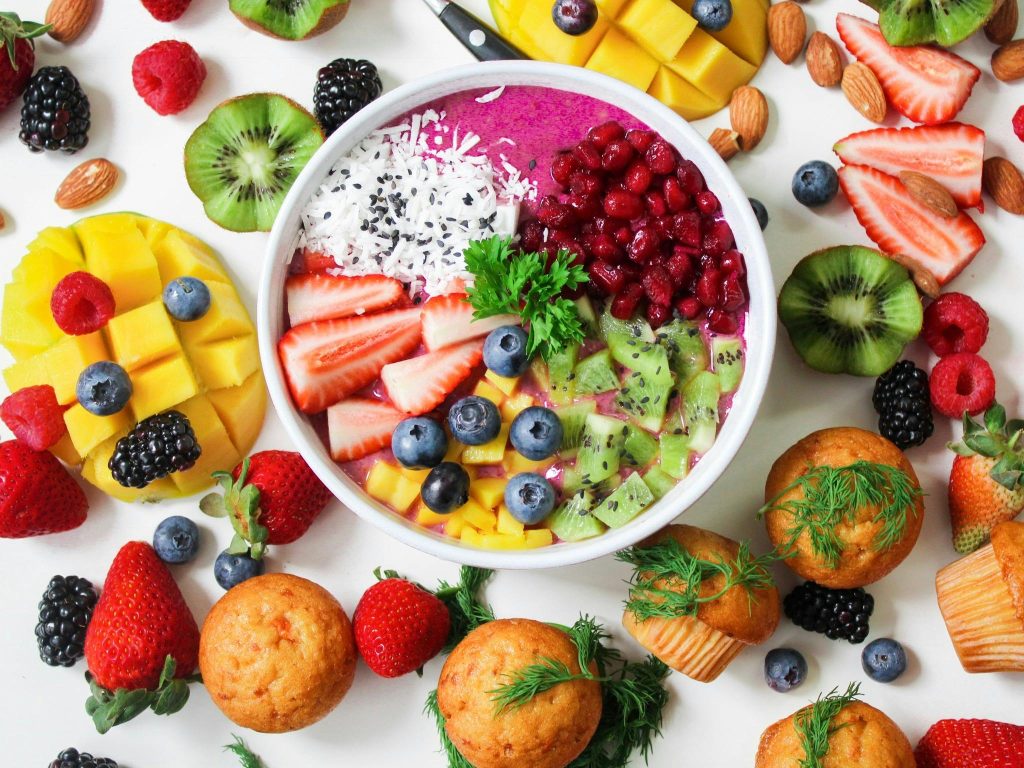Good nutrition is the foundation of a healthy life. But with so much information out there, it’s easy to get confused. What does a “balanced plate” actually look like? What should you eat more of—and what should you cut back on?
In this guide, we’ll break down the basics of nutrition in a simple way. Whether you’re just starting out or looking to fine-tune your eating habits, this post will help you build a balanced plate that fuels your body and supports long-term health.
What Is a Balanced Plate?
A balanced plate includes a mix of essential food groups that provide the nutrients your body needs: carbohydrates, proteins, healthy fats, fiber, vitamins, and minerals.
According to experts like those at the USDA and Harvard’s Healthy Eating Plate, a balanced meal usually looks like this:
- ½ of your plate: Fruits and vegetables
- ¼ of your plate: Whole grains
- ¼ of your plate: Lean protein
- A small serving: Healthy fats
- Optional: Dairy or dairy alternatives
Let’s explore each of these in detail.
1. Fruits and Vegetables – The Powerhouse of Nutrients
Fruits and vegetables are rich in vitamins, minerals, antioxidants, and fiber. They help reduce inflammation, boost immunity, and lower the risk of chronic diseases.
Tips:
- Eat a variety of colors. Each color provides different nutrients.
- Include both raw and cooked options.
- Fresh, frozen, and canned (low sodium) are all good choices.
Examples to try:
- Leafy greens (spinach, kale)
- Berries (blueberries, strawberries)
- Cruciferous veggies (broccoli, cauliflower)
- Citrus fruits (oranges, grapefruits)
2. Whole Grains – Your Body’s Fuel
Carbohydrates are your body’s main source of energy, and whole grains are the best choice.
Why whole grains?
They’re rich in fiber, which supports digestion and helps control blood sugar and cholesterol.
Whole grains to choose:
- Brown rice
- Quinoa
- Oats
- Whole-wheat bread or pasta
- Barley
Avoid highly processed grains like white bread, pastries, and sugary cereals when possible.
3. Lean Protein – The Building Block
Protein is essential for repairing tissues, building muscles, and maintaining hormone balance.
Good sources:
- Eggs
- Beans and legumes (chickpeas, black beans)
- Tofu and tempeh
- Nuts and seeds
Try to eat a variety of plant- and animal-based proteins.
4. Healthy Fats – Don’t Skip the Fat
Fats have a bad reputation, but the right fats are essential for your brain, heart, and cells.
Healthy fats include:
- Olive oil, avocado oil
- Avocados
- Nuts and seeds
- Fatty fish
- Nut butters (unsweetened)
Limit unhealthy fats from fried foods, processed snacks, and hydrogenated oils.
5. Dairy or Dairy Alternatives – For Strong Bones
Dairy provides calcium and vitamin D, which are important for bone health.
If you’re lactose intolerant or vegan, try:
- Almond milk, soy milk, or oat milk (choose fortified ones)
- Calcium-set tofu
- Leafy greens (like bok choy or kale)
Moderation is key—dairy isn’t a must, but it can be a helpful part of a balanced diet for many people.
Hydration Matters Too!
Water is often overlooked, but it’s crucial. It helps with digestion, circulation, temperature control, and more.
Tips for staying hydrated:
- Aim for 8 glasses a day (more if you’re active)
- Add fruit slices for flavor
- Drink herbal teas or sparkling water for variety
Avoid sugary sodas.
Portion Control – Keep It in Check
Even healthy foods can cause weight gain if you eat too much.
Tips:
- Use smaller plates
- Don’t eat straight from the package
- Be mindful and avoid distractions while eating
- Listen to your hunger cues
Sample Balanced Plate – What It Looks Like
Let’s say you’re making dinner:
- ½ plate: Steamed broccoli, roasted carrots, and a side salad
- ¼ plate: Lean Protein
- ¼ plate: Brown rice or whole-grain pasta
- Extras: Drizzle of olive oil and a few slices of avocado
- Drink: Water with lemon or unsweetened iced tea
This gives you fiber, protein, vitamins, minerals, and healthy fats—all in one meal.
Smart Swaps to Make
| Instead of… | Try This… |
|---|---|
| White rice | Quinoa or brown rice |
| Sugary cereal | Oatmeal with fruit |
| Soda | Sparkling water |
| Chips | Air-popped popcorn or nuts |
| Ice cream | Greek yogurt with berries |
Meal Planning Made Easy
Planning ahead saves time, money, and stress. Here’s how:
- Prep veggies and grains in bulk
- Cook double portions and store leftovers
- Keep healthy snacks on hand (nuts, fruit, hummus)
Use a shopping list and plan meals by category: protein + veg + grain + healthy fat.
Common Myths About Nutrition
- “Carbs make you fat.”
False. Whole grains are healthy and necessary for energy. - “Fat is bad.”
Only unhealthy fats are. Good fats are essential. - “You need to cut out entire food groups.”
Unless for medical reasons, variety is best. - “Eating healthy is too expensive.”
Not true! Beans, rice, seasonal veggies, and frozen fruits are budget-friendly and nutritious.
Final Thoughts
Eating healthy doesn’t have to be complicated. A balanced plate filled with whole foods can make a big difference in how you feel and function.
Start small. Make one change at a time. Over time, healthy eating becomes a lifestyle—not a diet.


